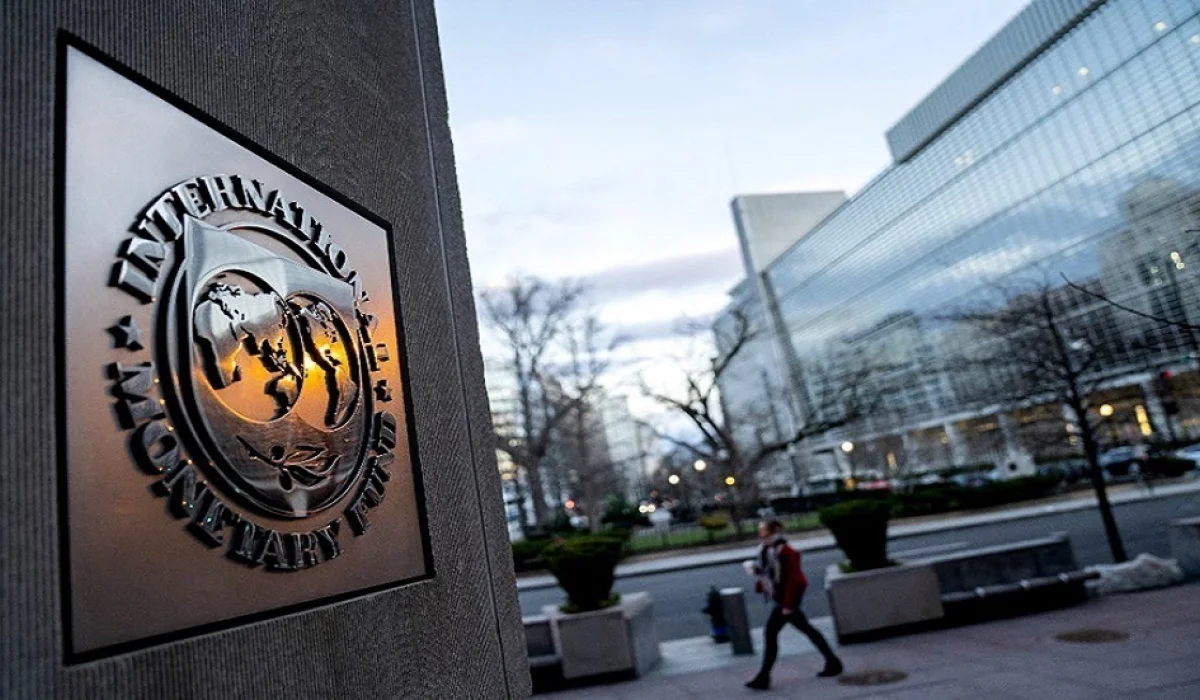The International Monetary Fund (IMF) revealed on Wednesday that Libya’s economy is expected to record the fastest growth rate in the region this year, at 14.3 percent, according to the Arab Economic Outlook Report issued this week by the Arab Monetary Fund.
The IMF confirmed that growth is projected to slow to 5.9% in 2026, as the forecasts largely depend on improvements in security, governance, and investor confidence.
The Fund highlighted Libya’s heavy reliance on the oil and gas sector, which generates more than 95% of state revenues.
It added that the strong near-term growth outlook reflects the National Oil Corporation’s achievement in raising daily crude oil production to more than 1.4 million barrels by the end of 2024.
The IMF noted that the Libyan authorities have adopted gradual economic measures aimed at improving living standards and strengthening the economy. However, it warned that political instability and weak institutional capacity remain major obstacles to deep and lasting reforms.
It further stated that inflation has remained low by regional standards, reaching 2.4% in 2023 before falling to around 2.1% last year.
The Fund also said that maintaining the stability of the Libyan dinar’s exchange rate against the US dollar will help contain price pressures. Inflation is projected to decline to 1.8% in 2025 and rise slightly to 1.9% in 2026.
According to the IMF, economic conditions in the Arab world are set to improve at the beginning of 2025 compared to recent years. Nevertheless, it warned that the recovery remains fragile in the face of global trade tensions, falling energy prices, and regional geopolitical developments.
Although the new tariffs imposed by the United States are not expected to directly affect Libya’s oil exports, the IMF said they could indirectly slow growth by weakening demand in partner economies.






